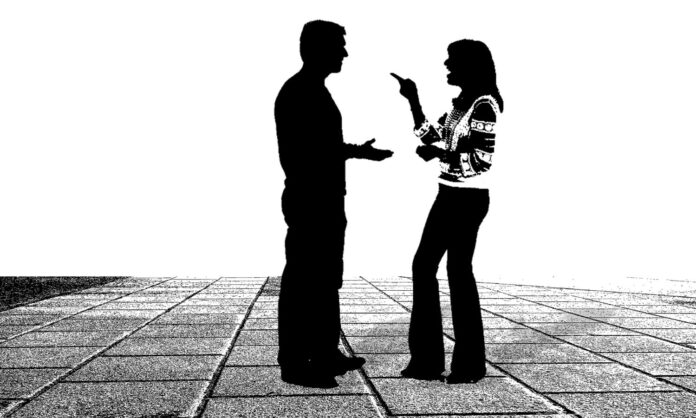
In romance, loving is easy but conflict is hard, says Janice Hardy in a recent blog post. “Unlike most novels, there’s no mustache-twirling antagonist standing between the lovebirds and happiness,” she says. “And since the protagonists need to come together in the end, you can’t have one defeat the other, or it throws off the balance of power in the relationship and makes for a bad (and unhealthy) romance.”
Finding the right conflict means understanding the difference between external and internal obstacles. “The external stuff is just how you force your love interests to interact so they can fall in love,” Hardy explains. “It’s the internal issues of the characters that are keeping them apart.”
Because romance stories rarely feature a “bad guy”, the conflict theme tends to be the protagonists vs. themselves. “The issues keeping the two people apart are their own personal issues and internal conflicts,” Hardy says. “Whatever it is, this flaw has been getting in the way of their happiness and they need to overcome it and/or learn to accept it to find love and be happy.” While some subgenres – such as romantic thrillers or romantic fantasies – may have a clearer antagonists, traditional romance relies on the hero or heroine fighting their own nature.
If you’re trying to create conflict in a story that doesn’t have a natural antagonist, look for character flaws and create situations that require your protagonist(s) to overcome them. In these kinds of stories, your characters are their own worst enemies and must change to win the object of their desire.











